It’s been said many times already that the coronavirus pandemic has laid bare the dramatic economic inequality in New York City—which of course ties into deeper systemic issues around race. But to pretend those inequalities haven’t been obvious before this time—to pretend they haven’t always been part of the city’s history—is a serious fiction. I grew up as the daughter of a building superintendent on the Upper West Side. In a single morning my father might be asked to prevent a homeless man from stealing the newspapers out of the lobby to re-sell on the street, to manage a group of contractors who were re-tiling someone’s bathroom, and to massage the haunches of the cat in the penthouse while the tenants were away at their summer house. In the course of a very short time period and in a very small space, all sorts of examples of vast inequalities occurred in the building where we lived.
In my novel, The Party Upstairs, I wanted to draw on the setting of a single building on the Upper West Side to explore some of the complicated power dynamics that emerged between residents there. Throughout the course of a day, a building super and his daughter try to navigate between different socioeconomic worlds they must inhabit and perform in. They have to reckon with their own past mistakes, with their wildest hopes, and with the facades they must keep up in day-to-day life in order to survive in the city.
In writing the novel, I was drawn to other books that approached socioeconomic inequality in the city in a way that neither fetishized the wealthy nor seemed to exploit the suffering caused by poverty. I wanted to tackle my characters’ anger at the city’s inequality while also recognizing the many moments of joy and connection the city brings too. The following books helped me think with more nuance about some of these concerns.
A Lucky Man by Jamel Brinkley
A Lucky Man contains nine stories, set mostly in Brooklyn and the Bronx, all of which do a brilliant job of creating narrative tensions around the interlinks between race, class, and masculinity. The story “I Happy Am” is an especially strong example of this: It centers around a group of boys from the Bronx who are driven out to the suburbs, expecting to spend the day at some rich white people home and to swim in their pool. The story twists and turns in a way that beautifully reveals how a kind of performance of gratitude so often plays into power relationships between white people and people of color, and between the wealthy and the working class. At the same time, moments of unexpected tenderness also occur in this story and throughout A Lucky Man, making these stories deeply human even as they tease apart the systems that try to dehumanize many of Brinkley’s characters.
Go Tell It On the Mountain by James Baldwin
Baldwin’s first novel opens in Harlem on John Grimes’ 14th birthday. But Baldwin moves around in time and space, exploring the lives of several characters in the rural South before they move to New York City. Many of the book’s characters held onto hope that living in an urban center in the North would feel different but as the novel shows, police violence, racism, economic injustice, and segregation persists in the city, too. Baldwin shows this sharply when his characters’ look at cultural institutions such as the Museum of Natural History and the Met. One of the most moving moments occurs when John takes a long walk and winds up at the 42nd Street New York Public Library: “But he had never gone in because the building was so big that it must be full of corridors and marble steps, in the maze of which he would be lost and never find the book he wanted,” Baldwin writes. “And then everyone, all the white people inside, would know that he was not used to great buildings, or to many books, and they would look at him with pity.” John Grimes’ resistance to looks of pity help lead to an unflinching look at the city itself throughout this novel.
The Friend by Sigrid Nunez
In The Friend, a writer in New York inherits a Great Dane from her recently deceased friend and fellow writer. The novel grapples with sitting with grief, but there’s also a real sense of financial strain and risk: In order to keep her rent-controlled apartment in a building that doesn’t allow for pets, the narrator must hope that nobody reports the dog to her landlord. “It’s not like you’ll be put out on the street overnight,” a friend assures her. The super warns the narrator about the threat of eviction, which the narrator understands: It’s his job on the line as well. Nunez’s book demonstrates the way that housing instability in the city and the weight of class don’t need to take center stage in a narrative to make their presence felt on a character in the midst of great loss.
Staten Island Stories by Claire Jimenez
Jimenez’s stories, both joyful and rageful, all take place on Staten Island and are populated with smart people with terrible bosses, including angry adjuncts, underpaid office workers, photographers at the DMV, teachers, and grant-writers at nonprofits. There’s a keen awareness of the city and specifically Staten Island’s socioeconomic and racial tensions in this collection, and the way those tensions manifest even in people who would eagerly deny contributing to those tensions in any way (in “The Grant Writer’s Tale,” all the narrator’s office mates are white and have “expressed polite concern in the past about police brutality;” Jimenez’s use of “polite” is quietly damning and devastating). Jimenez tackles inequality and political upheaval while holding onto a sense of humor and humanity—a sense that animates her book’s narrators so that their voices seem to launch off the page.
The Privileges by Jonathan Dee
The Privileges centers around “a charmed couple,” Cynthia and Adam. They start off in New York City as kind of rich and then—thanks to Adam’s insider trading scheme—get a whole lot richer, complete with penthouse overlooking the Museum of Natural History’s planetarium. But the two are so coolly observed, their life seems not glamorized so much as unnerving. As a reader, I was halfway waiting for the family to get punished by society in some way, to receive their comeuppance, but this kind of authorial move would, weirdly, feel cheap and dishonest, and Dee, in avoiding it, winds up saying something far more interesting about how class operates in America. The Privileges doesn’t feel like a voyeuristic look into the one-percent so much as a portrait that, in denying a too-perfect narrative justice, reflects the city’s own socioeconomic asymmetries.
The Collected Stories by Grace Paley
Grace Paley’s New York is one where resiliency in the city is most tied not to affluence but to a lively curiosity: “All that is really necessary for survival of the fittest, it seems,” observes a Paley narrator, “is an interest in life, good, bad, or peculiar.” Inequalities in the political and urban landscape of Paley’s characters are not treated as mere background but as a key component of their reality. Her characters—single mothers, shouting children, activists, grocers, writers, social workers—speak out in voices that feel somehow both undeniably New York and undeniably Paley-ish.
Approaching Eye Level by Vivian Gornick
The essays in Approaching Eye Level are attune to class, power, and city life in all sorts of ways, but the collection’s opening piece, “On the Street: Nobody Watches, Everyone Performs” is itself a virtuosic performance—a close examination of walks in the city, the strangeness and the thrill of them. “The streets attest to the power of narrative drive: its infinite capacity for adaptation in the most inhospitable times,” Gornick writes. There are devastating inequalities to see in the city streets but there’s also a kind of storytelling power in the many ways people survive. “Nothing heals me of a sore and angry heart like a walk through the very city I often feel denying me,” Gornick continues. “To see in the street the fifty different ways people struggle to remain human until the very last minute—the variety and inventiveness of the survival technique—is to feel the pressure relieved, the overflow draining off. I join the anxiety. I share the condition. I feel in my nerve endings the common refusal to go under.”
The post 7 Books About New York City’s Drastic Economic Divide appeared first on Electric Literature.
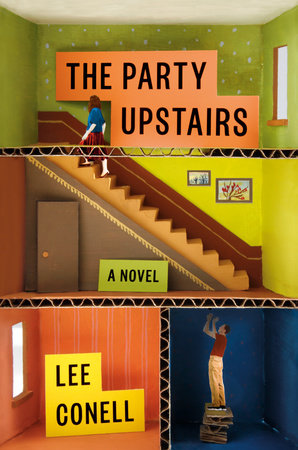
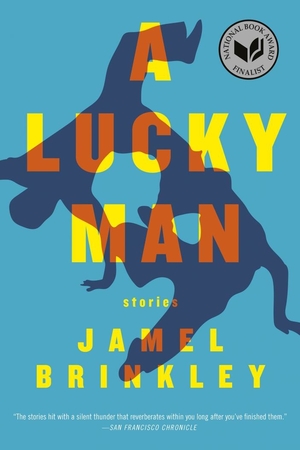
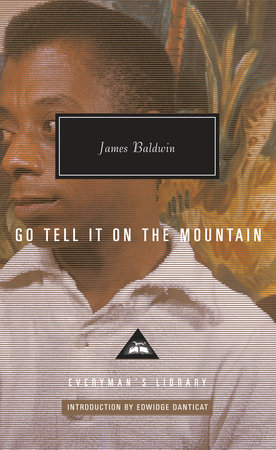
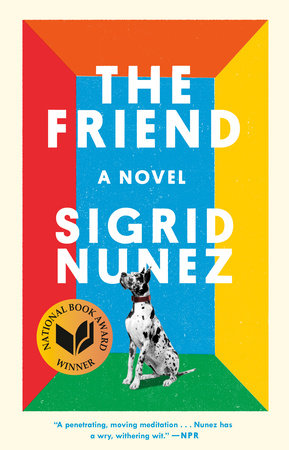


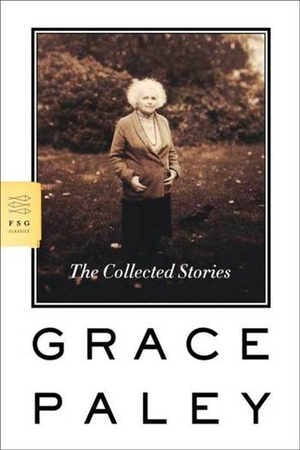
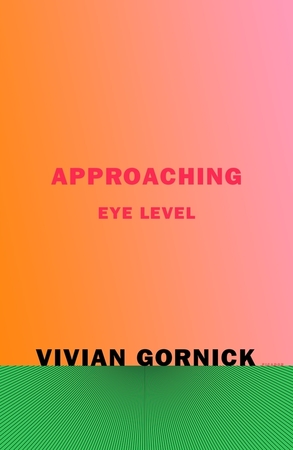
Propecia
https://buystromectolon.com/ – where can i buy stromectol in the usa
precio de kamagra en farmacia
http://buyzithromaxinf.com/ – valtrex without rx
https://buyplaquenilcv.com/ – hydroxychloroquine for sale over the counter
buy hcq
Lasix
Keflex Purpose
where can i buy priligy
Cialis Hypertension Arterielle
Zithromax
https://buylasixshop.com/ – furosemide ototoxicity
Buy Viagra Line
https://buypriligyhop.com/ – Priligy
http://prednisonebuyon.com/ – buy prednisone online india
Neurontine
Zithromax Free Antibiotics
Prednisone
Want To Buy Generic Viagra Pills
Best Price Propecia In Uk
buy generic cialis
Cialis Et Jus Pamplemousse
lasix other names
purchase cialis
Viagra
buy stromectol online uk
Priligy
efectos cialis barato
buy generic propecia online
Zidena For Erectile Disfunction
Zentel 400mg Cheapeast No Physician Approval
Tab Macrobid Nitrofurantoin Worldwide Delivered On Saturday Store Aberdeenshire
Cephalexin No Perscriptions
Amoxicillin Effects
подъемный стол
https://gidravlicheskiye-podyemnyye-stoly.ru
cialis for cheap uses for cialis cialis overnight pharmacy
clindamycin with metronidazole metronidazole 250 mg comprimes metronidazole resistance in clostridium difficile is heterogeneous
cialis tadalafil 20mg tablets tadalafil canada generic tadalafil 5mg daily price
Your article helped me a lot, is there any more related content? Thanks!
Your article helped me a lot, is there any more related content? Thanks!